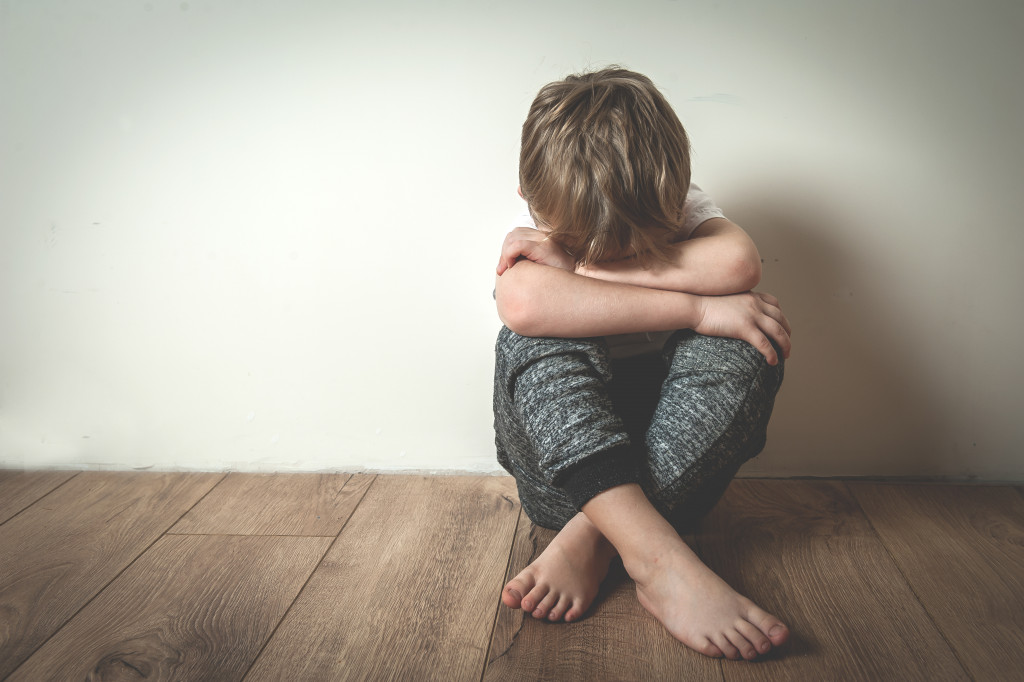• Report any child abuse or neglect suspicions to local authorities, such as Child Protective Services.
• Support community outreach programs, such as parenting classes and counseling services, to help families at risk of mistreating their children.
• Utilize family lawyers or attorneys to protect victims’ rights and ensure they receive the proper support and justice.
• Create safe spaces for children to find refuge from their home environment without fear of retribution.
Child abuse and neglect are issues that no parent, guardian, or community member wants to face. Unfortunately, the statistics are staggering. According to the World Health Organization, one in four children worldwide experiences violence yearly. As a community member, you must protect your children and reduce this devastating statistic. But how can you do this? What actions can be taken against child abuse and neglect in your community? Here are some possible solutions.
Reporting Abuse and Neglect
The first step to addressing child abuse and neglect in communities is to report any suspicions. Contact your local authorities immediately if you have evidence or a hunch that a child is being mistreated. Reporting abuse or neglect ensures that the situation will be investigated by trained professionals who can determine what action must be taken for the child’s safety. Here are organizations you can turn to and what they can do for you:
Child Protective Services
Child Protective Services (CPS) is responsible for investigating cases of child abuse and neglect in the United States. They are available 24/7 to respond to reports of suspected abuse or neglect. They can also provide support and resources to families affected by abuse or neglect by connecting them with counseling services, parenting classes, and other support.
Child Advocacy Centers
Child advocacy centers are dedicated to protecting children from abuse and neglect. They provide a safe place for child victims of abuse or neglect to get the help they need. These centers can offer medical evaluations, mental health assessments, legal services, and child therapy.
Law Enforcement Agencies
Especially when it comes to more serious cases of child abuse and neglect, law enforcement is your best bet. They are trained to handle issues related to criminal activity. They can work with CPS and other organizations to get help for the victim quickly.
Family Lawyer
In some cases, a family lawyer or attorney may be necessary. Lawyers specializing in family law can help protect victims’ rights and ensure they receive the proper support and justice. These attorneys can also provide invaluable legal advice to families struggling with abuse and neglect cases. They may also be able to help with obtaining restraining orders, filing for child custody, and ensuring the best possible outcome for victims.

Community Outreach Programs
Another way to combat child abuse and neglect is supporting community outreach programs such as education initiatives and counseling services. These programs provide vital resources to families at risk of mistreating their children and those who have already experienced abuse or neglect. Here are the programs that you can support:
Parenting Classes
Raising children requires a lot of patience and understanding, and parenting classes can help with this. These classes provide parents with valuable information about nurturing and caring for their children safely and healthily. They also often offer advice on responding to difficult situations with young children.
Counseling Services
Counseling services can help individuals and families deal with traumatic events such as child abuse and neglect. These professionals are trained to provide emotional support and practical advice for abuse victims and their families. They also often work with local law enforcement agencies to ensure justice.
Education Programs
Education programs teach parents how to recognize signs of potential harm. These are usually aimed at school-age children, who are likelier to experience abuse or neglect in their home lives. Through these programs, parents can better identify any warning signs and take action when necessary.
Creating Safe Spaces for Children

Finally, safe spaces should be available for children who are victims of abuse or neglect—spaces where they can find refuge from their home environment without fear of retribution from their guardians or peers. Safe spaces could include after-school clubs run by trained volunteers, youth centers with counselors on staff, drop-in centers with activities designed specifically for kids, etc., all geared towards helping kids feel safe and supported outside their homes. These spaces should meet the following qualities:
- Respectful: Those interacting with young people should be respectful, understanding, and non-judgmental.
- Welcoming: The space should be a safe and welcoming environment for children to find solace.
- Supportive: The space should provide support and resources to those affected by abuse or neglect and their families.
- Non-Discriminatory: The space should be inclusive and non-discriminatory to encourage youngsters of all backgrounds to seek help.
Taking proactive steps against child abuse and neglect is essential for the safety and well-being of your community. By following these suggestions and other local initiatives, you can make a difference in the lives of those who need it most.

